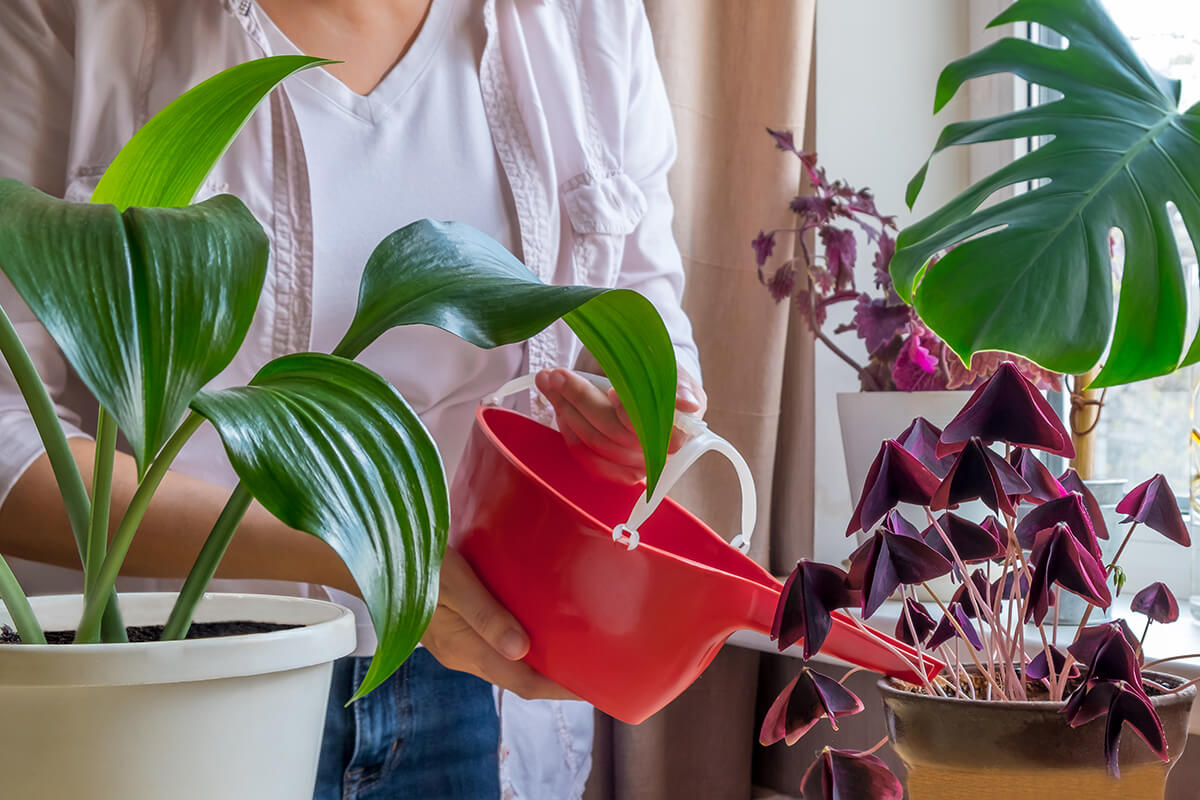Basil, often called the “king of herbs,” is a flavorful, aromatic favorite among gardeners and cooks alike. Whether you’re dreaming of endless homemade pesto or simply want a fresh garnish on hand, one thing is certain: getting the light requirements for basil plant right is what separates thriving, lush basil from sad and spindly stems.
The good news? Mastering the light requirements for basil plant happiness isn’t hard, even if you live in an apartment or only have a sunny windowsill. Let’s explore exactly how much sun basil needs, how you can meet those needs indoors, and which mistakes to avoid—so you can enjoy a steady supply of this delicious herb, all year round!
Why Is Light So Important for Basil Plants?
Light is basil’s best friend. Like all green plants, basil needs light to make its own food through a process called photosynthesis. Without enough light, basil becomes thin, pale, and, frankly, a little grumpy.
What happens if basil doesn’t get enough light?
You might see symptoms like:
- Slow, leggy growth
- Smaller leaves
- Pale, yellowish color
- Weak flavor
But don’t worry if you’ve noticed these signs—fixing the light requirements for basil plant is absolutely possible!
How Many Hours of Light Does Basil Need Each Day?
Most basil plants need at least six hours of bright, direct sunlight per day. If you want robust, leafy growth (and lots of it!), aim for eight hours or more whenever possible.
What counts as direct sunlight? That’s when the sun’s rays hit the leaves without anything in between—no curtains, trees, or window screens blocking the light.
Best Indoor Spots to Meet Basil’s Light Needs
- South-facing windows: They get the most sunlight.
- East or west-facing: Good for morning or afternoon sun.
- Windowsills: Place the pot as close to the glass as possible.
5 Simple Ways to Give Your Basil Enough Light Indoors
If you’re growing basil on a windowsill or in an apartment, it’s entirely possible to meet the light requirements for basil plant—just get creative! Here are some practical tips:
1. Rotate Your Pot Weekly: This ensures all sides of the plant get equal sun.
2. Trim Nearby Bushy Plants: Move anything that’s shading your basil.
3. Clean Your Windows: Dust and dirt really can block needed sunlight!
4. Supplement with a Grow Light: Place a small, unobtrusive LED grow light about 6-12 inches above your basil if needed.
5. Move Your Basil in Winter: Sunlight is weaker in the cooler months, so relocating to your brightest spot is crucial.
Common Questions About Light Requirements for Basil Plant
Can Basil Grow in Shade?
Basil tolerates a bit of dappled shade, especially in really hot climates, but it won’t thrive without several hours of direct sunlight. Leaves grown in low light will be fewer, with less flavor.
Do Grow Lights Really Work for Basil?
Absolutely! Small, affordable grow lights can give basil the boost it needs if your home doesn’t get enough natural sunlight—especially helpful for apartment dwellers.
Myth-Busting: Does “Sun All Day” Mean Basil Will Burn?
Many people worry that too much sun will scorch basil. The truth? While basil prefers warmth and bright conditions, it can get sunburned only if the sun is extremely intense and the soil dries out completely. Shield it during heatwaves, but don’t hide it from sunlight in normal conditions.
Summary: Key Takeaways on Light Requirements for Basil Plant
Getting the light requirements for basil plant just right is the key to healthy, lush, and flavorful leaves. Remember: basil needs at least 6-8 hours of direct sunlight each day (or a similar dose from a grow light). Keep your plant in the brightest spot you have, rotate it, and don’t give up if you’ve struggled before. Just a few easy changes can transform your basil from weak to wonderful!


